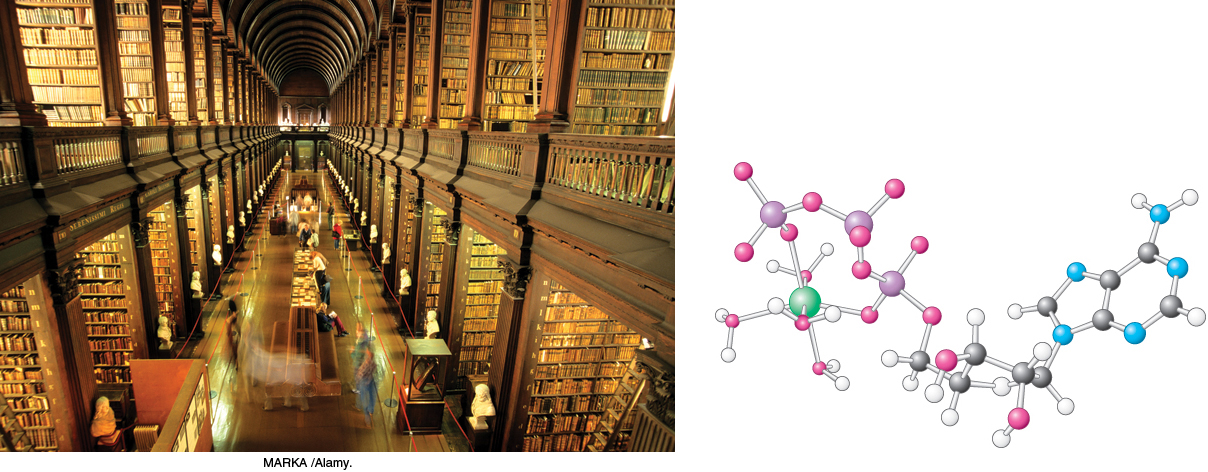Metabolism: Basic Concepts and Design
CHAPTER
15
423

The concepts of conformation and dynamics developed in Part I—
How does a cell extract energy and reducing power from its environment?
How does a cell synthesize the building blocks of its macromolecules and then the macromolecules themselves?
These processes are carried out by a highly integrated network of chemical reactions collectively known as metabolism or intermediary metabolism.
More than a thousand chemical reactions take place in even as simple an organism as Escherichia coli. The array of reactions may seem overwhelming at first glance. However, closer scrutiny reveals that metabolism has a coherent design containing many common motifs. These motifs include the use of an energy currency and the repeated appearance of a limited number of activated intermediates. In fact, a group of about 100 molecules play central roles in all forms of life. Furthermore, although the number of reactions in metabolism is large, the number of kinds of reactions is small and the mechanisms of these reactions are usually quite simple. Metabolic pathways are also regulated in common ways. The purpose of this chapter is to introduce some general principles of metabolism to provide a foundation for the more detailed studies to follow. These principles are:
424
Fuels are degraded and large molecules are constructed step by step in a series of linked reactions called metabolic pathways.
An energy currency common to all life forms, adenosine triphosphate (ATP), links energy-
releasing pathways with energy- requiring pathways. The oxidation of carbon fuels powers the formation of ATP.
Although there are many metabolic pathways, a limited number of types of reactions and particular intermediates are common to many pathways.
Metabolic pathways are highly regulated.